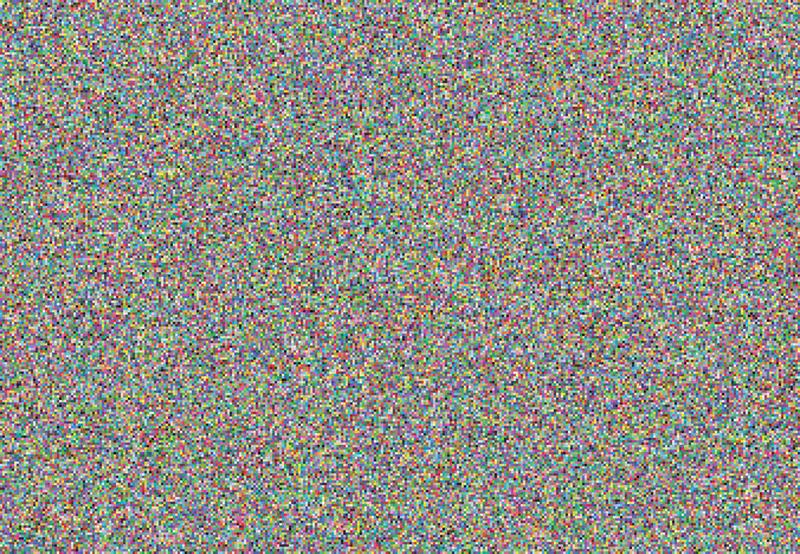The photographic in the post-digital era
The history of abstraction long ignored photography, and it was not until the late twentieth century, fifty years after reaching its apogee in modern art, that abstraction enjoyed true recognition in contemporary photography. The article examines the idea that behind this comeback, we are witnessing a self-reflexive confrontation with the materiality and mediality of the photographic act at the time of its supposed disappearance. Photographic abstraction eventually realised its full potential with the emergence of digital technologies. The rhetoric of crisis that had already marked the abstract turn in the arts in the early twentieth century would come late to the discipline: in the 1990s, with the move from analog to digital, there was more and more talk about “the end of photography”. Twenty years down the track the digital has developed its own history. Today contemporary art addresses this history – and the new, analytical photography is taking the form of an abstract image.

Adrian Sauer, 16.777.216 Farben, 2010, tirage chromogène, 125 × 476 cm (détail).
Photography historian Kathrin Schönegg works as a curator at the C/O Berlin Foundation. In 2018 the German Photography Society awarded her the Prize for Research in Photography History for her doctoral dissertation on the theory and history of abstraction in photography. Her most recent publications are Fotografiegeschichte der Abstraktion (2019) et Heinz von Perckhammer. Eine Fotografenkarriere zwischen Weimarer Republik und Nationalsozialismus (2018).
Keywords: abstraction, contemporary photography, media analysis, modernism, the photographic, end of photography
Citation: Kathrin Schönegg, « Une nouvelle abstraction ?Le photographique à l’ère post-digitale », Transbordeur. Photographie histoire société, no. 4, 2020, pp. 156-157.